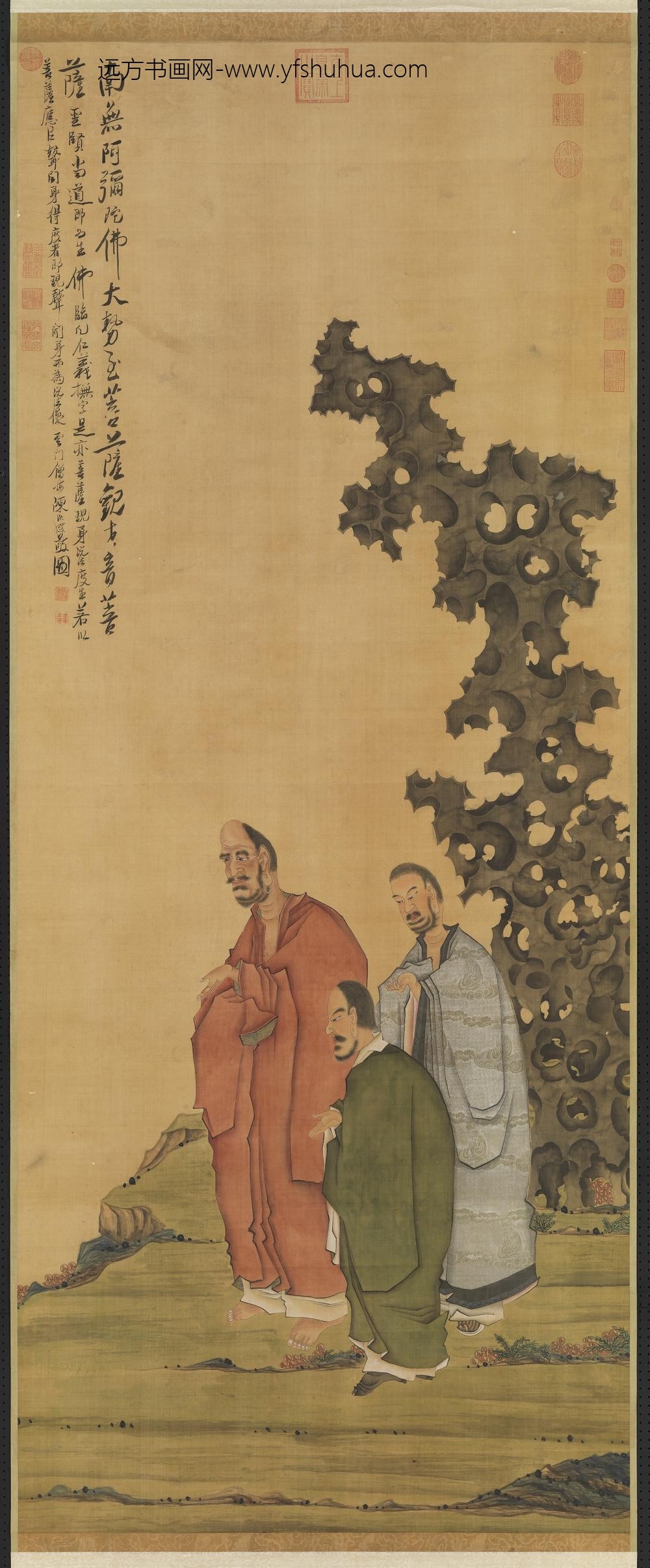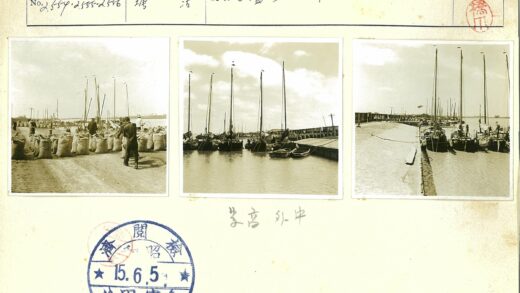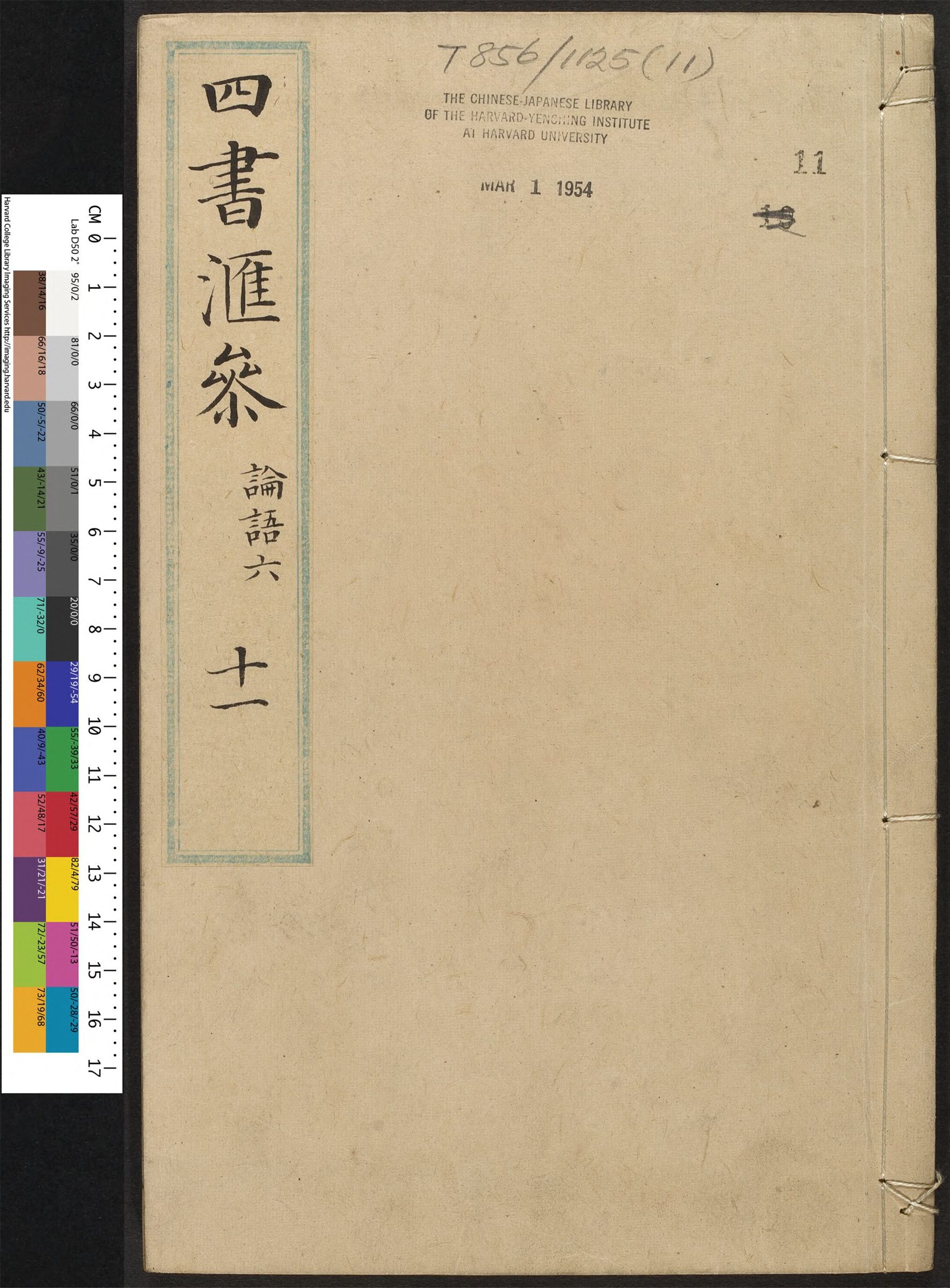【作品基本信息】
| 作者 | 陈洪绶 |
| 品名 | 莲池应化图轴 |
| 朝代 | 明朝 |
| 文件大小 | 18.04MB |
| 分辨率(DPI) | 300×300 |
| 像素大小 | 1579×3810 |
| 尺寸(CM) | 13.36×32.25 |
| 作品数量 | 1 |
| 作品收藏 | 台北故宫博物院 |
基本数据
| 藏品类型 | 绘画 |
| 品名 |
明陈洪绶莲池应化图轴 The Amitabha Triad |
| 分类 | 绘画 |
| 作者 | 陈洪绶 |
| 数量 | 一轴 |
典藏尺寸
| 【位置】 | 【尺寸】(公分) |
| 本幅 | 174.1×72.1 |
质地
| 【质地位置】 | 【质地】 |
| 本幅 | 绢 |
题跋数据
| 【题跋类别】 | 【作者】 | 【位置】 | 【款识】 | 【书体】 | 【全文】 |
| 作者款识 | 陈洪绶 | 本幅 | 南无阿弥陀佛。大势至菩萨。观世音菩萨。圣贤当道。即为生佛临凡。仁义抚字。是亦菩萨现身。说法度生。若以菩萨应以声闻身得度者。即现声闻身。而为说法像。云门僧悔陈洪绶敬图。 | 行书 | |
|
印记: 洪绶、章侯 |
|||||
印记资料
| 【印记类别】 | 【印记】 |
| 鉴藏宝玺 | 乾隆御览之宝 |
| 鉴藏宝玺 | 乾隆鉴赏 |
| 鉴藏宝玺 | 秘殿珠林 |
| 鉴藏宝玺 | 三希堂精鉴玺 |
| 鉴藏宝玺 | 宜子孙 |
| 鉴藏宝玺 | 秘殿新编 |
| 鉴藏宝玺 | 珠林复位 |
| 鉴藏宝玺 | 干清宫鉴藏宝 |
| 鉴藏宝玺 | 太上皇帝之宝 |
| 鉴藏宝玺 | 嘉庆御览之宝 |
| 鉴藏宝玺 | 宣统御览之宝 |
| 鉴藏宝玺 | 宣统鉴赏 |
| 鉴藏宝玺 | 无逸斋精鉴玺 |
主题
| 【主题类别】 | 【主题(第一层)】 | 【主题(第二层)】 | 【主题说明】 |
| 主要主题 | 山水 | 奇石 | |
| 主要主题 | 佛道人物 | 佛 | 阿弥陀佛 |
| 主要主题 | 佛道人物 | 菩萨 | 大势至菩萨 |
| 主要主题 | 佛道人物 | 观音 |
技法
| 【技法】 | 【技法细目】 |
| 工笔 | |
| 皴法 | |
| 人物衣纹描法(粗细线条) |
参考数据
| 【类别】 | 【参考数据】 |
| 收藏着录 | 秘殿珠林续编(干清宫),页315 |
| 收藏着录 | 故宫书画录(卷四),第二册,页476 |
| 收藏着录 | 故宫书画图录,第九册,页81-82 |
| 参考书目 |
1.葛婉章,〈明陈洪绶画莲池应化图〉,收入葛婉章编,《妙法莲华经图录》(台北:国立故宫博物院,1995年初版),页119-120。 2.李玉珉,〈明陈洪绶莲池应化图〉,收入李玉珉主编,《观音特展》(台北:国立故宫博物院,2000年初版),页205-206。 3.〈明陈洪绶莲池应化图〉,收入国立故宫博物院编,《晚明变形主义画家作品展》(台北:国立故宫博物院,1977年九月初版),页482。 4.葛婉章,〈无缘大悲 观达自在 — 院藏「普门品」观音画探究〉,《故宫文物月刊》,第112期(1992年7月),页42-43。 5. |
| 内容简介(中文) | 陈洪绶(一五九八-一六五二),浙江诸暨人。字章侯,号老莲,老迟、云门僧等。他擅长画花鸟、草虫和山水,人物画更是精妙绝伦。高大的太湖石前站着三位出家人,他们浓眉高鼻,高头大马,看上去好像外国僧人。根据画上作者的题款,祂们是阿弥陀佛、观世音和大势至菩萨。这三位人物的造形怪异,头和身体不成比例。画家用方硬的线条来钩画衣纹,看上去好像钢丝一样,挺劲有力。 |
| 内容简介(英文) | The Amitâbha Triad Ch’en Hung-shou (1599-1652) Ming Dynasty Ch’en Hung-shou, a native of Chekiang, was known for the distorted style of his bird-and-flower, insect-and-grass, and landscape painting. His figure paintings were also unparalleled. Three Buddhist monks proceed in front of a tall perforated garden rock. Their heavy facial hair and features suggest that they are foreigners. According to the artist’s inscription, they represent the Amitâbha Buddha accompanied by the bodhisattvas Kuan-yin and Mahâsthâmaprâpta. The unusual appearance of the figures is accented by the size and disproportion of the heads to the bodies. To outline the drapery, ch’en Hung-shou used his distinctive angular strokes that look as tough and powerful as steel wire. |
| 内容简介(中文) | 陈洪绶(公元一五九八-一六五二年),浙江诸暨人,号老莲。晚明人物画大家,明亡后出家为僧,自称悔僧、云门僧。本幅为陈洪绶出家之后作品。据画上作者题款可知,画中三位罗汉实乃净土宗西方三圣:阿弥陀佛、观音菩萨与大势至菩萨。题款最后两句出自﹝普门品﹞:「若以菩萨应以声闻身得度者,即现声闻身,而为说法像」。此画将普门观音「无所不应化」的观念,巧妙的用之于净土佛、菩萨画境,诚为佛画意念的突破与创新。 |
| 内容简介(英文) | Manifestations of the Three Holy Ones by the Lotus Pond Ch’en Hung-shou (1599-1652) Ming Dynasty Ch’en Hung-shou, a native of Chu-chi, Chekiang province, was also known by his sobriquet Lao-lien. He was a great figure painter of the late Ming dynasty. After the fall of the Ming dynasty in 1644, he became a monk and called himself Monk Hui and Monk Yun-men. Ch’en Hung-shou painted this after he became a monk. According to his inscription, the three figures painted as lohans represent the three holy ones in Pure Land Buddhism: the Buddha Amitâbha and the Bodhisattvas Kuan-yin and Mahâsthana. The last two phrases in the inscription are from the Samanta-mukha Chapter of the Lotus Sûtra: “Kuan-yin will appear in the form of a lohan to expound the Dharma (Buddhist doctrine) to a lohan.” Ch’en Hung-shou has used the idea that Kuan-yin can assume a myriad of shapes to paint the Buddha and Bodhisattvas of the Western Paradise as lohans, thus introducing a new creativity to Buddhist painting. |
【作品展示】

明陈洪绶莲池应化图轴




